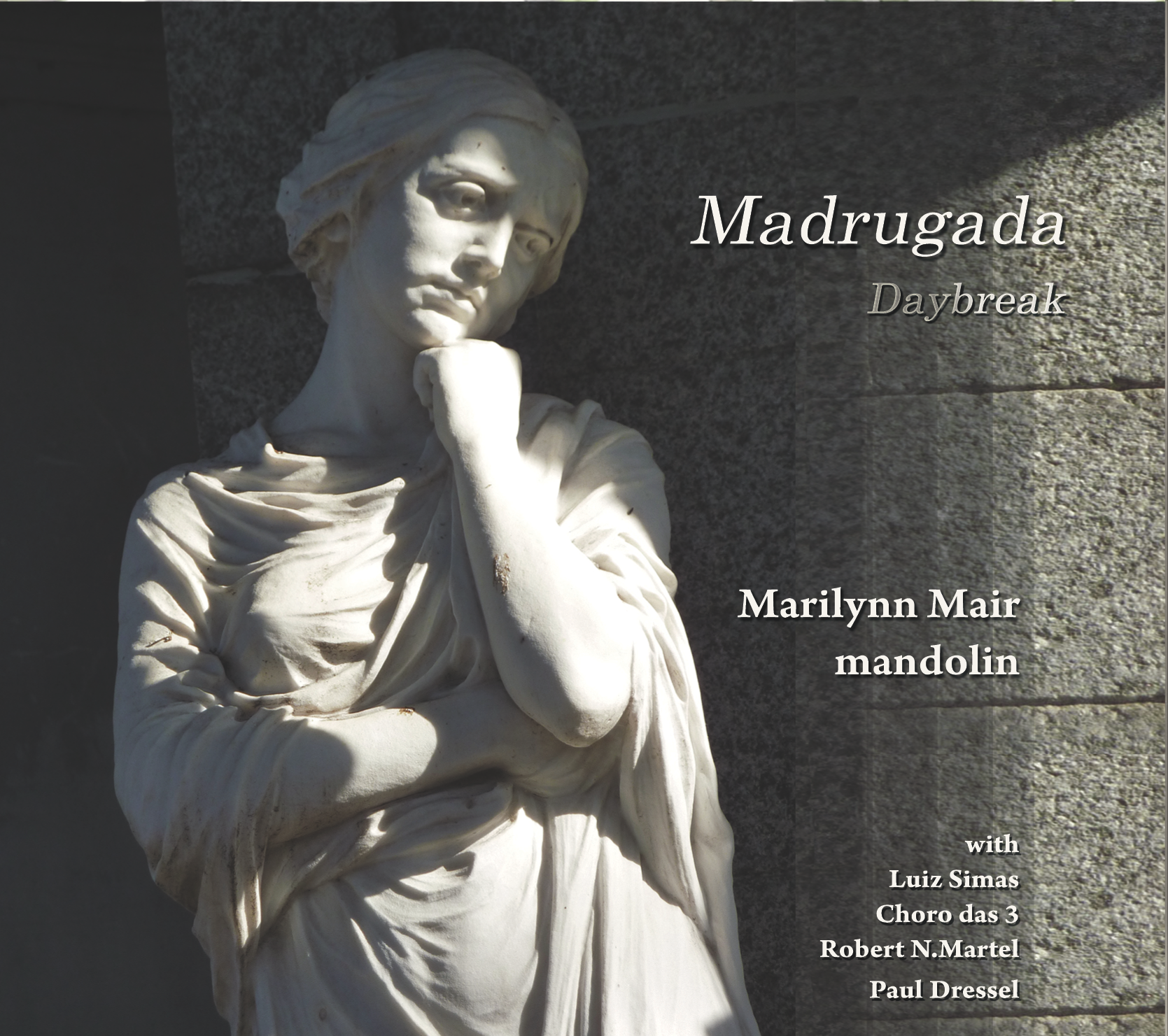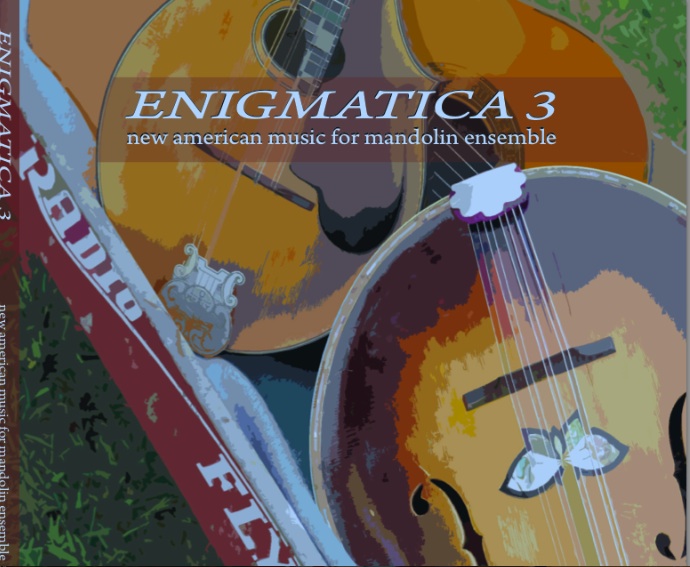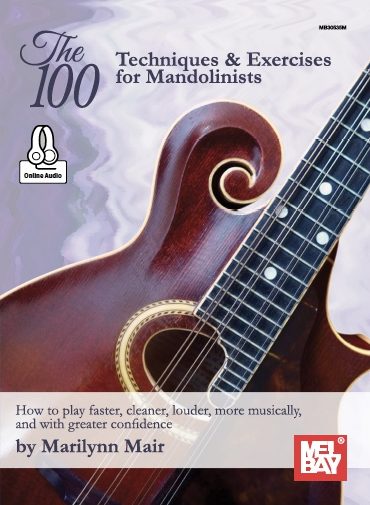This article first appeared in “Mandolin Quarterly” in 2000, Vol. 5 Nr. 1. It is the intro article to a series of 4 articles that appeared in that issue, and several subsequent articles.
Choro is a style of Brazilian popular music that originated in the late 19th century and is still performed today. Choro pre-dates samba and bossa nova as a national music style, and developed from Brazilian performers interpreting European dance music with African-influenced rhythms. At first choro was an unwritten performance practice, but it soon developed into a genre of instrumental music, usually in 2/4 meter and rondo form, marked by characteristic syncopation and harmonic modulations. Choro today is a written music that involves a degree of rhythmic improvisation, variation and ornamentation in performance.
Choro has been played in a wide variety of instrumentations since its birth. The original choro group, called a “terno,” was a trio of flute and two guitars. In the early 20th century choro was written for other instruments, including solo piano and Brazilian marching bands. And in the 1920’s, the music rubbed shoulders with its contemporaries, North American Dixieland and ragtime, and added trumpets, saxophones, trombones, and string bass, in addition to flute, guitar, and native percussion.
Today, traditional choro ensembles, known as “regional,” usually include 5 or 6 players. The melody is typically played by a bandolim, the Brazilian mandolin, or a flute or clarinet. Two violões, a type of Brazilian guitar, are usually included, a 6-string that plays a rhythmic accompaniment based on written chord symbols, and a 7-string that improvises a bass-line. The cavaquinho, a small guitar-shaped instrument similar to the ukulele, is used as a high rhythm instrument, and sometimes also plays the melody. The pandeiro, a tambourine-like hand drum, is the main rhythm instrument and is played in a steady accented sixteenth-note pattern. Solo choro are also written, combining elements from the various lines of the conjunto into written scores for piano or classical guitar. There is wide variation in instrumentation for contemporary choro performance, from duos to large groups, some including electric instruments.
Originally choro regional were social organizations whose private parties and jam sessions would occur almost spontaneously in neighborhood homes and cafes. chorões, as choro players are called, were highly respected musicians since choro music is quite virtuosic, but they generally played in exchange for food and drink and earned their living by other means. There was an almost spiritual quality attached to choro performance, and many players feel it is the most deeply Brazilian of all the national music styles.
Today the choro community is far less pervasive in Brazil, as MPB, Brazilian popular music, has continued to evolve, and traditional choro regional are often considered formal and old-fashioned. But contemporary choro groups are modernizing the genre, extemporizing on traditional forms and writing new pieces. Brazilian jazz and pop musicians, revisiting the musical roots of their youth, are also playing and recording choro, presenting it to a new audience. The world music boom of the 1990’s has introduced choro to a global market as well, and it is increasingly popular outside of Brazil, both with audiences and performers. As we start the 21st century, choro is enjoying a revival, reinventing itself through new performers at home and abroad, and finding a new audience and a new community.
The articles and examples of early choro music included in this issue of Mandolin Quarterly are a direct result of the research I have undertaken while on sabbatical from Roger Williams University, sponsored by a generous research grant from the University. I am deeply indebted to the University for this gift of time and resources, without which it would have been impossible to assemble and study the hundreds of documents I have procured from libraries and publishers in the United States and Brazil. I also want to thank Norman Levine, editor and publisher of Mandolin Quarterly, for giving me the opportunity to publish the first of my findings.
And I am particularly grateful to the people I’ve contacted in the course of my research who have been generous with their time and their knowledge, and without whom I would have little to show for my efforts. These include Professor Gerard H. Behague, University of Texas at Austin; Professor K. David Jackson, Yale University; Professor Samuel Araujo, Federal University of Rio de Janeiro; Professor Gerardo Dirie and Luiz Fernando Vallim Lopes, Latin American Music Center, Indiana University; Tamara Livingston, University of Illinois at Urbana-Champaign; Suzana Martins, Divisão de Música e Arquivo Sonoro at the National Library in Rio de Janeiro; the reference librarians at Roger Williams University; Richard Boukas, Terry Pender, Isabel Eccles, and Mark Levesque.
These articles include a history of choro, an overview of the involvement of the mandolin in choro, the music for three early pieces by choro pioneers, and an annotated guide to books and CDs of choro music, including information on where you can obtain copies of your own. I will be assembling all my choro information on the internet, as part of my website. If anyone has further information on choro or choro resources they’d like to bring to my attention, please contact me through Mandolin Quarterly, or by email at email hidden; JavaScript is required.
Download a pdf of the original Mandolin Quarterly article:What is Choro




